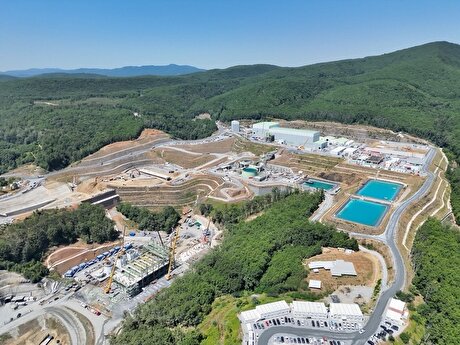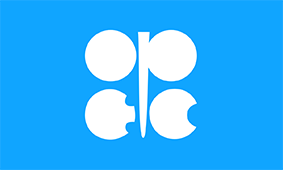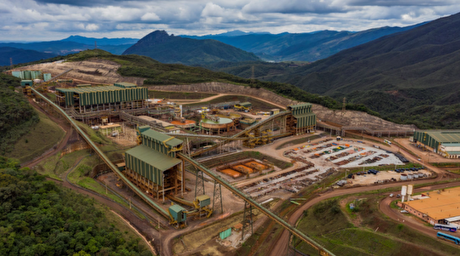
US Could Soon Produce More Crude Than Saudis and Russians


At the moment, Saudi Arabia could raise production all the way up to its maximum capacity of 12 million bpd, surpassing the 11.8 million bpd produced by the US in December, according to the International Energy Agency. Soon even that will not be enough.
American crude output is poised to expand by 1.1 million bpd this year, according to the International Energy Agency, which sees the US exceeding the Saudis’ maximum level within the next six months.
“By the middle of the year, US crude output will probably be more than the capacity of either Saudi Arabia or Russia,” the Paris-based agency said in a report.
That extra magnitude probably will not translate into increased influence over prices, however. As only the Saudis remain willing to hold back production capacity when there is too much oil on the market, the kingdom will retain its unique position as the so-called swing producer.
Global oil demand remains on course to be stronger this year than in 2018 as a boost from lower fuel prices counters slowing economic activity, according to IEA.
Crude prices remain almost 30% below the four-year peak reached in October amid concerns over economic growth in China and the US, the world’s two biggest oil users, who remain locked in a trade dispute.
To prevent markets tipping into oversupply, OPEC and its partners have announced substantial production cuts.


Newmont nets $100M payment related Akyem mine sale

First Quantum scores $1B streaming deal with Royal Gold

Caterpillar sees US tariff hit of up to $1.5 billion this year

Gold price rebounds nearly 2% on US payrolls data

Copper price collapses by 20% as US excludes refined metal from tariffs

St Augustine PFS confirms ‘world-class’ potential of Kingking project with $4.2B value

B2Gold gets Mali nod to start underground mining at Fekola

Goldman told clients to go long copper a day before price plunge

Copper price posts second weekly drop after Trump’s tariff surprise

Codelco seeks restart at Chilean copper mine after collapse

US slaps tariffs on 1-kg, 100-oz gold bars: Financial Times

BHP, Vale offer $1.4 billion settlement in UK lawsuit over Brazil dam disaster, FT reports

NextSource soars on Mitsubishi Chemical offtake deal

Copper price slips as unwinding of tariff trade boosts LME stockpiles

SAIL Bhilai Steel relies on Danieli proprietary technology to expand plate mill portfolio to higher steel grades

Alba Discloses its Financial Results for the Second Quarter and H1 of 2025

Australia weighs price floor for critical minerals, boosting rare earth miners

Australia pledges $87M to rescue Trafigura’s Nyrstar smelters in critical minerals push

Fresnillo lifts gold forecast on strong first-half surge

US slaps tariffs on 1-kg, 100-oz gold bars: Financial Times

BHP, Vale offer $1.4 billion settlement in UK lawsuit over Brazil dam disaster, FT reports

NextSource soars on Mitsubishi Chemical offtake deal

Copper price slips as unwinding of tariff trade boosts LME stockpiles

SAIL Bhilai Steel relies on Danieli proprietary technology to expand plate mill portfolio to higher steel grades

Alba Discloses its Financial Results for the Second Quarter and H1 of 2025

Australia weighs price floor for critical minerals, boosting rare earth miners

Australia pledges $87M to rescue Trafigura’s Nyrstar smelters in critical minerals push

Fresnillo lifts gold forecast on strong first-half surge














